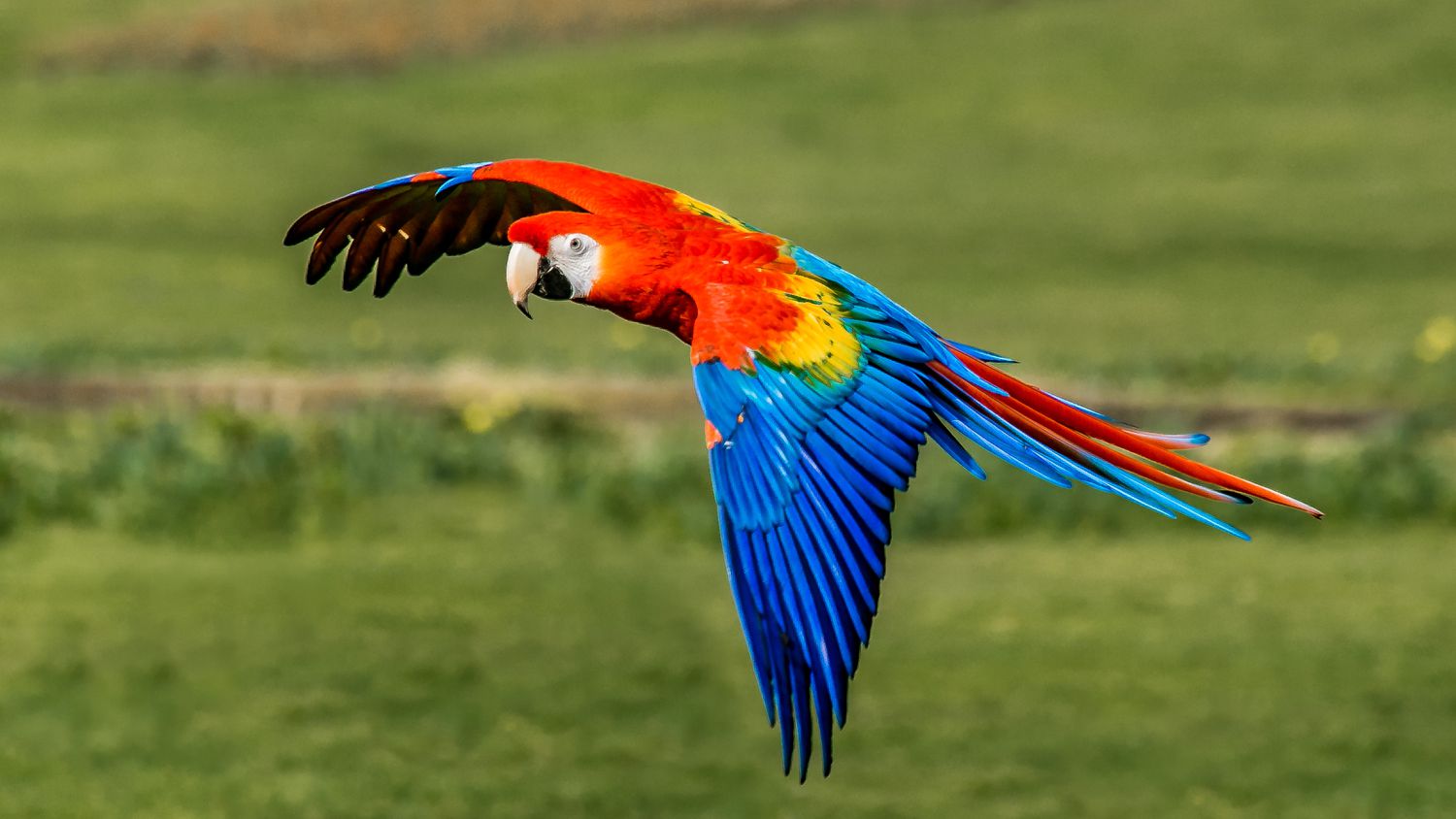Birds

Facts about creatures
- Home
- Animal Classification
- Animal Habitats
- Amphibians
- Arthropods
- Bats
- Birds
- Carnivorans
- Cetaceans
- Chordates
- Crustaceans
- Dinosaurs
- Diprotodonts
- Elephants
- Fish
- Golden Mole
- Insects
- Lagomorphs
- Mammals
- Mammal Teeth
- Marsupial Mole
- Metamorphosis
- Mollusks
- Primates
- Reptiles
- Rodents
- Ruminants
- Soricomorphans
- Tenrec
- Tetrapods
- Vertebrates
Birds
Birds, members of the class Aves, include some of the Earth’s most intelligent animal species.
They can be found in the wild on all seven continents.
All birds are vertebrates (have backbones) and are endothermic (warm-blooded).
Birds are tetrapods.
They are amniotes, and lay eggs with hard shells.
Birds are well adapted for flight. Most, but not all, birds can fly.
All birds have feathers, and their front limbs have evolved to become wings.

They have strong, lightweight skeletons.
All birds have four-chambered hearts.
Birds have specialized circulatory and respiratory systems that enable them to maintain the high metabolic rates that are needed for flying.
Many birds migrate to take advantage of seasonal changes in different parts of the world.
Gizzard
A gizzard, also known as a ventriculus, is an organ, found in all birds, that mechanically digests food.
Other animals, such as alligators and crocodiles, may have organs like gizzards.
Animals, such as birds, that do not have teeth – as well as animals that use their teeth for biting and tearing but not for chewing – may have gizzards, or similar organs, for breaking food into smaller pieces.
A gizzard may be considered a second stomach.
When a bird swallows food, it first passes through a glandular stomach, which is also known as the proventriculus, or true stomach.
Acids that aid digestion are secreted in the true stomach.
After the food has been broken down chemically by stomach acid, it moves on to the gizzard.
The gizzard has a strong inner membrane that is surrounded by thick, muscular walls that grind up food.
It may also contain gravel or stones, known as gizzard stones, or gastroliths, which have been swallowed by the bird.
Gastroliths are usually round and smooth, because they action of the stomach polishes them.
The stones and gravel in the gizzard help to break up the food.Food may pass back and forth between the glandular stomach and the gizzard, alternating between chemical and mechanical digestion.
Stones resembling gastroliths have been found near dinosaur fossils. This has led scientists to believe that some dinosaurs may have had gizzards or gizzard-like digestive organs.
Classification
Birds and some carnivorous bipedal dinosaurs, including tyrannosaurs and velociraptors, make up the clade Coelurosauria.
A clade is a group of organisms that share a common ancestor. All of the descendents of this common ancestor are members of the clade.
The coelurosaurs, including birds and other bipedal predatory dinosaurs make up the clade Theropoda (the theropods).
All of the dinosaurs, as well as birds, together form the clade Dinosauria.
The dinosauria (birds and dinosaurs) and the crocodilians (alligators, crocodiles, caimans, gharials and false gharials) belong to the clade Archosauria.
Archosaurs, along with squamates (snakes and lizards) and tuataras are diapsids.
A diapsid is an amniote that has two temporal fenestrae on each side of its skull or is descended from an amniote with two temporal fenestrae on each side of its skull.
Temporal fenestrae are holes in the skull, above or behind the eyes.
- Anseriformes - Ducks, Geese, Swans
- Baltimore Oriole
- Barbets
- Bee-eaters
- Blue-Naped Mousebird
- Bowerbirds
- Brush Turkey
- Cacique
- Ducks
- Eurasian Jay
- Eurasian Nuthatch
- Eurasian Treecreeper
- Eurasian Woodcock
- European Pied Flycatcher
- Flamingo
- Flowerpeckers
- Galliformes - Chickens and Turkeys
- Geese
- Gray Heron
- Hammerkop
- Honeyguides
- Hornbills
- Horned Coot
- Hummingbirds
- Jacamars
- King fishers
- Leaf Warblers
- Magpie Goose
- Magpie Lark
- Malleefowl
- Maroon Oriole
- Marsh Tit and Willow Tit
- Migration of Birds
- Nightingale
- Orioles
- Oropendola
- Ovenbird of North America
- Ovenbirds of South America
- Passerines - Perching Birds
- Penduline Tits
- Piciformes - Woodpeckers and Toucans
- Pittas
- Puffbirds
- Rallidae - Rails, Crakes, Coots
- Red-and-Yellow Barbet
- Ruby-Throated Hummingbird
- Screamers
- Sunbirds
- Swallows
- swans
- Swifts
- Tawny Owl
- Toucans
- Troupial
- Trumpeter Swan
- Warblers
- Weaver Birds
- Woodpeckers
- Woodpeckers - Great Spotted and Lesser Spotted
- Woodpeckers - Green